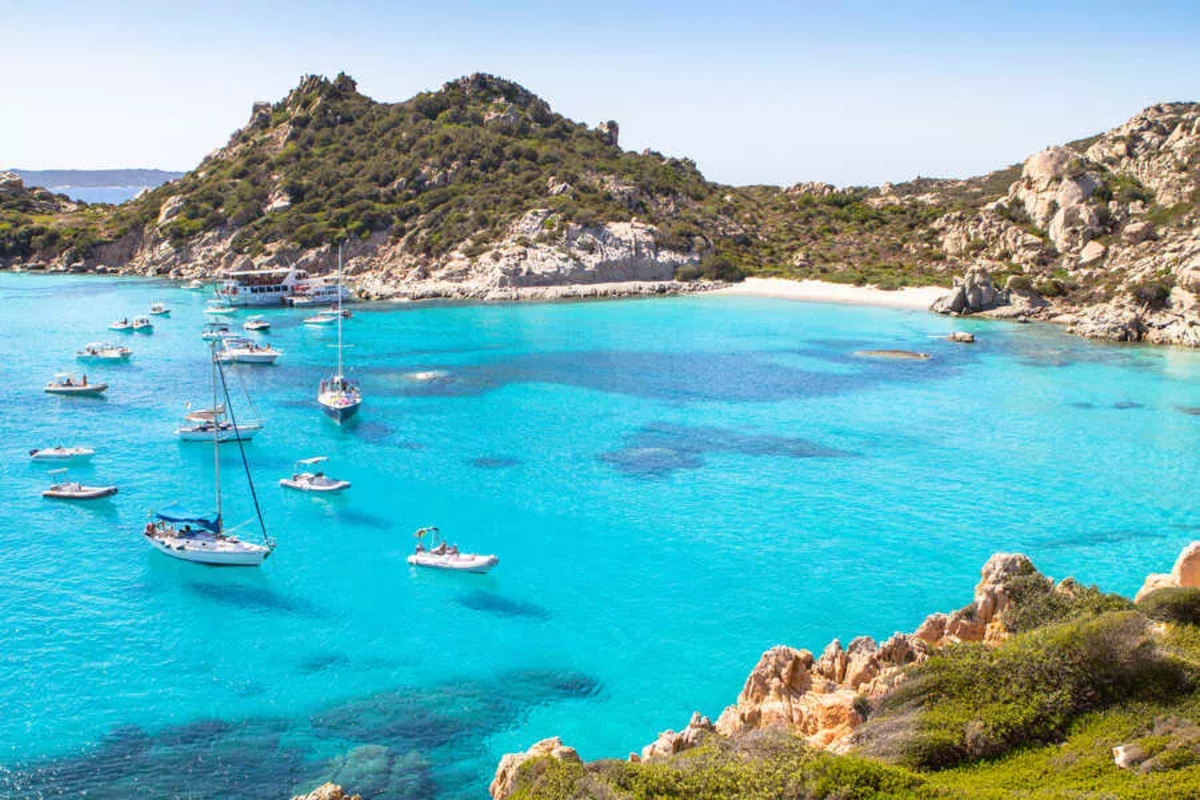Sardinia is not only one of the largest islands in the Mediterranean Sea but also a true treasure trove of nature, history, and culture. It combines ancient traditions, mysterious archaeological sites, and a unique identity that sets it apart from mainland Italy. The island attracts not just tourists but also historians, archaeologists, and ethnographers who are eager to explore its many secrets. Below are fascinating and educational facts about Sardinia that you may not have known.
- Sardinia is the second-largest island in the Mediterranean, right after Sicily. Its area exceeds 24,000 square kilometers, making it larger than countries like Slovenia or Israel. The island’s coastline stretches for more than 1,800 kilometers.
- One of Sardinia’s greatest archaeological mysteries is the nuraghi—ancient stone structures of which more than 7,000 remain. The most famous site is Su Nuraxi, which is listed as a UNESCO World Heritage Site. Their exact purpose is unknown, but they may have served as fortresses, temples, or ceremonial centers.
- Sardinia has its own language—Sardinian—which differs significantly from Italian. It is considered one of the most archaic Romance languages in Europe. Many locals still use Sardinian in everyday life alongside Italian.
- Sardinia is one of the world’s five “blue zones,” regions where people live exceptionally long lives. In the island’s mountainous areas, many residents live to 100 years and beyond, maintaining both physical and mental health. Scientists attribute this to traditional diets, an active lifestyle, and strong family bonds.
- The island is home to unique wildlife, including endemic species found nowhere else. Sardinian deer, mouflon, and flamingos can be found here, while dolphins and even whales swim in the surrounding waters. Sardinia’s beaches are often ranked among the cleanest in Europe.
- Sardinia’s history spans over 4,000 years and includes the influence of Phoenicians, Romans, Byzantines, Arabs, Spaniards, and Italians. The island has preserved its own customs, music, costumes, and cuisine, which are distinct from those of mainland Italy.
- One of the most recognizable symbols of Sardinia is its flag, which features four Moors. The origin of this emblem is still debated among historians. It is now the official symbol of the autonomous region and is seen on many public buildings.
- Sardinian cuisine is known for its simplicity and uniqueness. Traditional dishes include culurgiones (dumplings with a mint-flavored filling), pane carasau (thin, crispy flatbread), and casu marzu—a cheese containing live larvae, which is banned in many countries but considered a delicacy locally.
- Some beaches on Sardinia, such as those on Budelli Island, have pink sand. This unique color comes from crushed coral and shell fragments. Access to these beaches is restricted to help protect their fragile ecosystems.
- Although Sardinia is part of Italy, many of its inhabitants feel a strong sense of cultural identity. Some advocate for greater autonomy or even independence. This sentiment stems from the island’s long history of foreign rule.
- The island has little heavy industry, which has helped preserve its natural environment. Many villages have changed little in centuries and retain their historic charm. This appeals to travelers seeking authenticity and tranquility.
- Sardinia hosts numerous traditional festivals tied to agriculture and religion. One of the most spectacular is the Sartiglia in Oristano, where masked riders perform daring horseback acrobatics. This event draws large crowds every year.
- The island is also home to ancient sacred sites, such as holy wells and the so-called “giants’ tombs.” These megalithic structures are over 3,000 years old and evidence a complex prehistoric culture. Some are still regarded as sacred by locals.
- For many Italians, Sardinia is the ideal summer holiday destination thanks to its climate, clear waters, and calm atmosphere. Although tourism is well developed, it is not as crowded as cities like Rome or Venice. This allows visitors to experience a deeper connection with nature and local traditions.
Sardinia is an island full of surprises, even for seasoned travelers. These interesting facts highlight the rich culture, ancient history, and natural beauty that define this unique place. You may not have known that one island could contain so many layers of identity and tradition. Sardinia is a distinctive part of Italy that deserves to be explored again and again.





